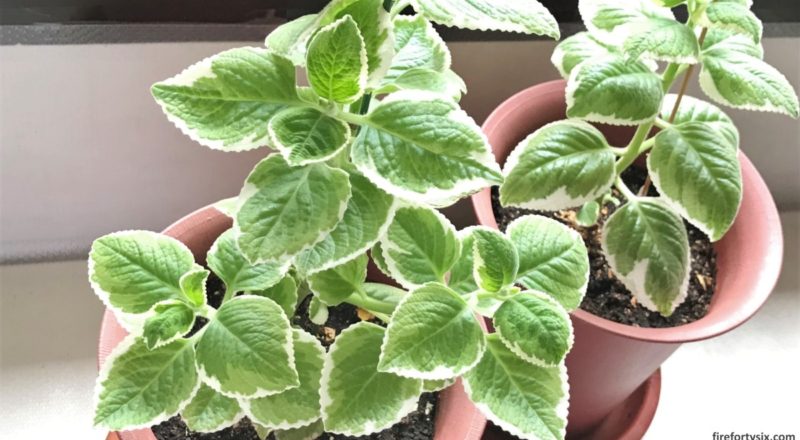Ever since the pandemic started, we’ve been on a quest to try and grow vegetables at home for our own consumption. Of course, without a large open air garden, there’s no practical way to completely replace store-bought vegetables.
But it doesn’t mean that we can’t at least give it a decent go.
Our first attempt was something that we’ve all probably tried as part of our primary school homework — the humble taugeh, germinated from dried green beans bought from the supermarket.
It was so easy that it almost felt like cheating. But it wasn’t sustainable, and each batch of beans could only produce one batch of sprouts. It’s simple enough to repeat the process, but it still wasn’t a renewable source.
Over the course of the year, we tried growing a few other vegetables. Including dou miao from Don Don Donki, spring onions from shallots and baby bok choy from seeds provided by the National Parks.
I guess the Donki dou miao didn’t quite count, since we were simply re-growing them from the root remnants. The spring onions turned out quite skinny, and the baby bok choy took five months (yes, five months) from seed to harvest, and was simply too slow.
The Wife had fun cooking dishes from the home-grown organic vegetables though, even if the amounts harvested were really quite tiny.
Our latest attempt came courtesy of our green thumb friend ML, who happens to have a large open air garden. She gave us various cuttings from her existing plants, including Taiwanese kau kee, variegated Indian borage, Cuban oregano and Brazilian spinach.

After transplanting them into individual pots and placing them on our windowsill, they each took turns to slowly die. The only survivor was the variegated Indian borage, which also happened to be the prettiest looking.
It managed to flourish, so much so that The Wife was able to make cuttings from the original plant and grow them in additional pots. I’m happy to report that they’re still doing well, and the number of pots is slowly increasing.
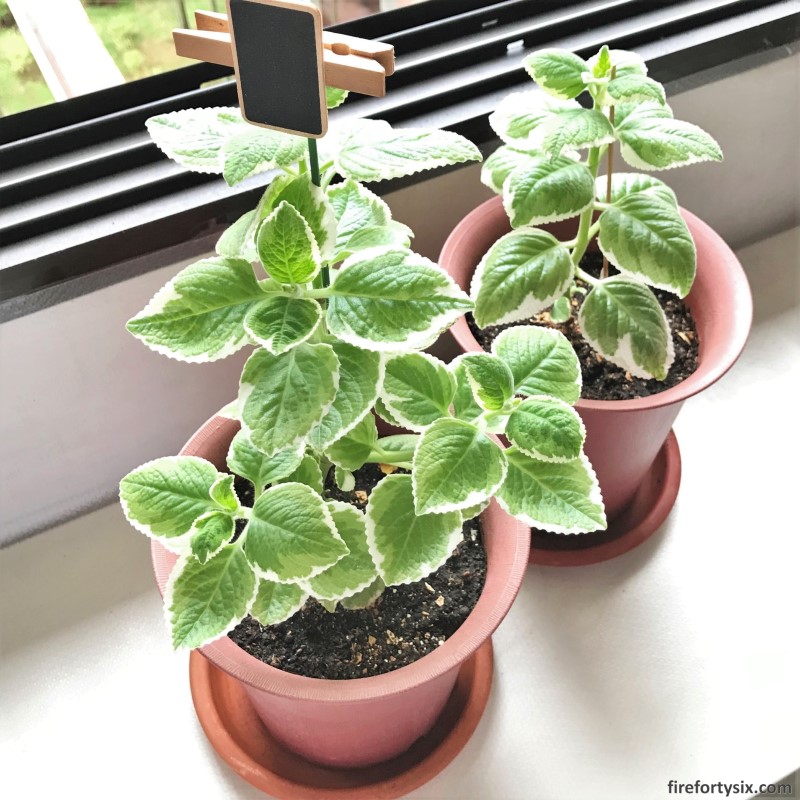
Since we now had a sustainable source, it was time to add it into our diet. The plant tasted more like a herb instead of a vegetable, and The Wife decided to incorporate it into a simple Italian cream pasta, together with some maitake mushrooms.
Making the dish was a great decision because the fresh and lightly lemony leaves added a lightness to the heavy sauce. There was no mistaking the flavour of the borage, and it paired well with the slightly earthy maitake.
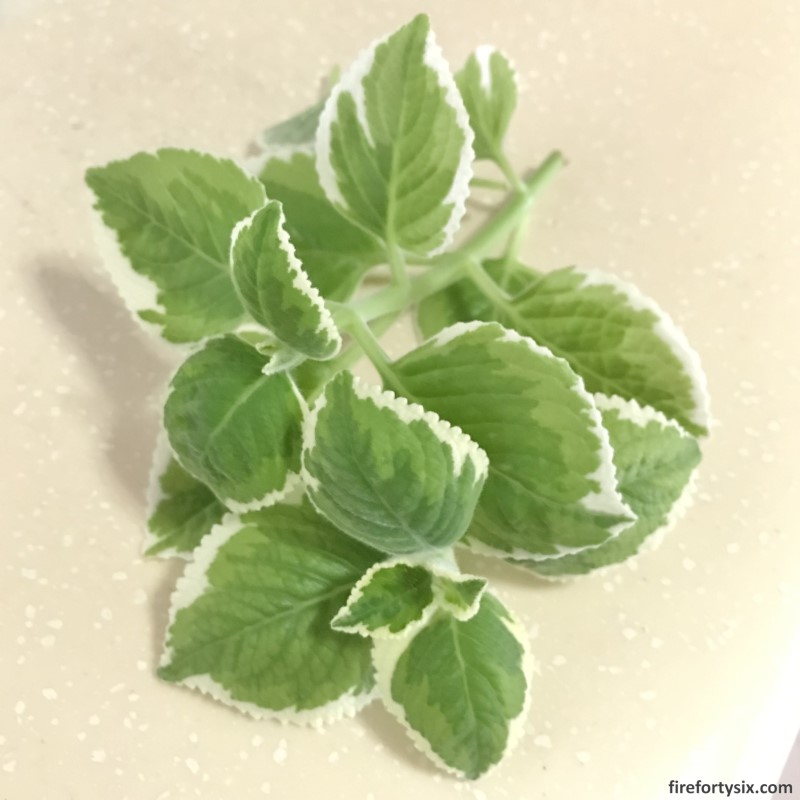
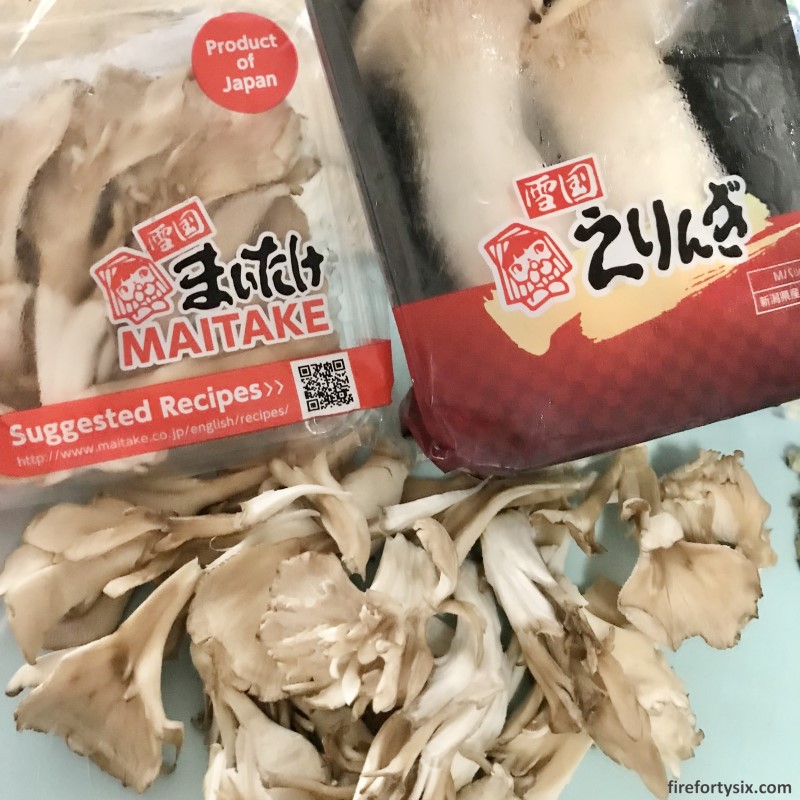

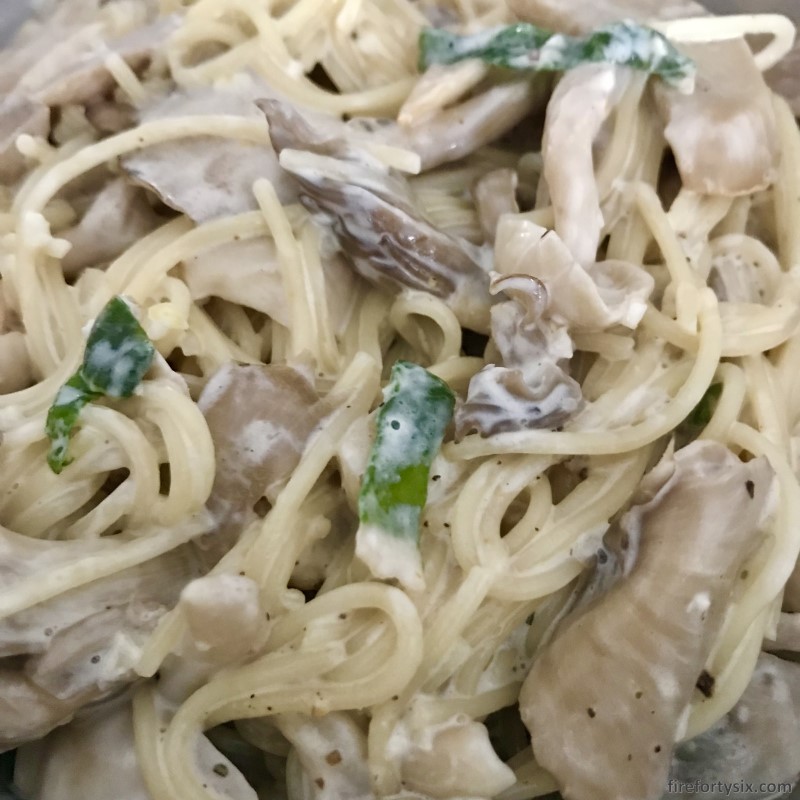
Sticking with the Italian theme, she tried using it in a tomato-based sauce, this time with sausages and red bell peppers. Both the main ingredients had strong flavours, not to mention the tart tomato sauce, but the borage still managed to make its presence felt.
It would have been a nice pasta without it, but the addition of the herb made it that much more tasty. Fresh basil leaves would have been the natural choice, but we’ve never succeeded in getting basil plants to survive. Having said that, the borage would have given basil a run for its money.
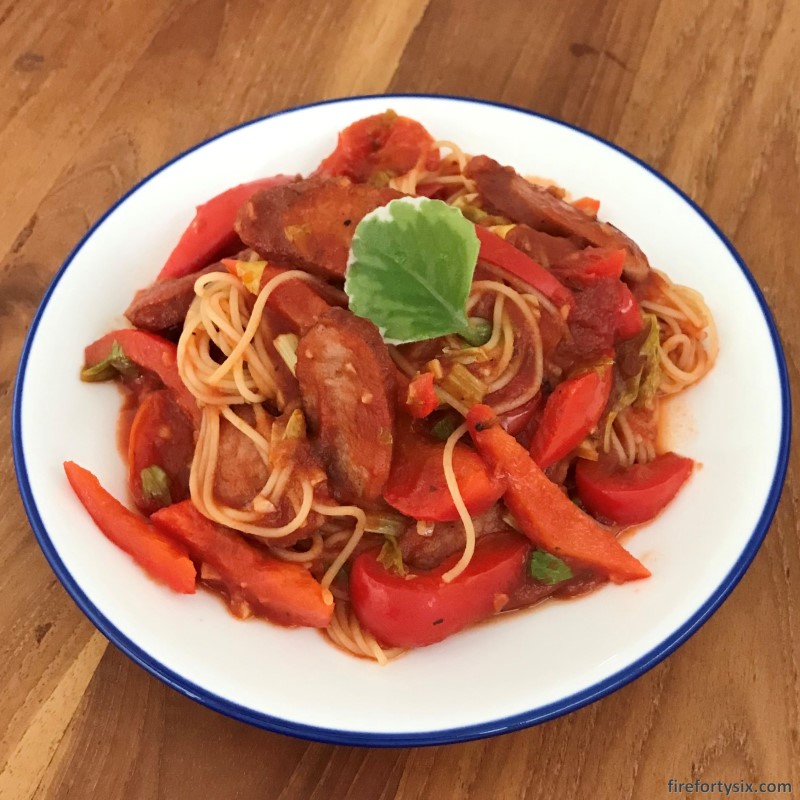
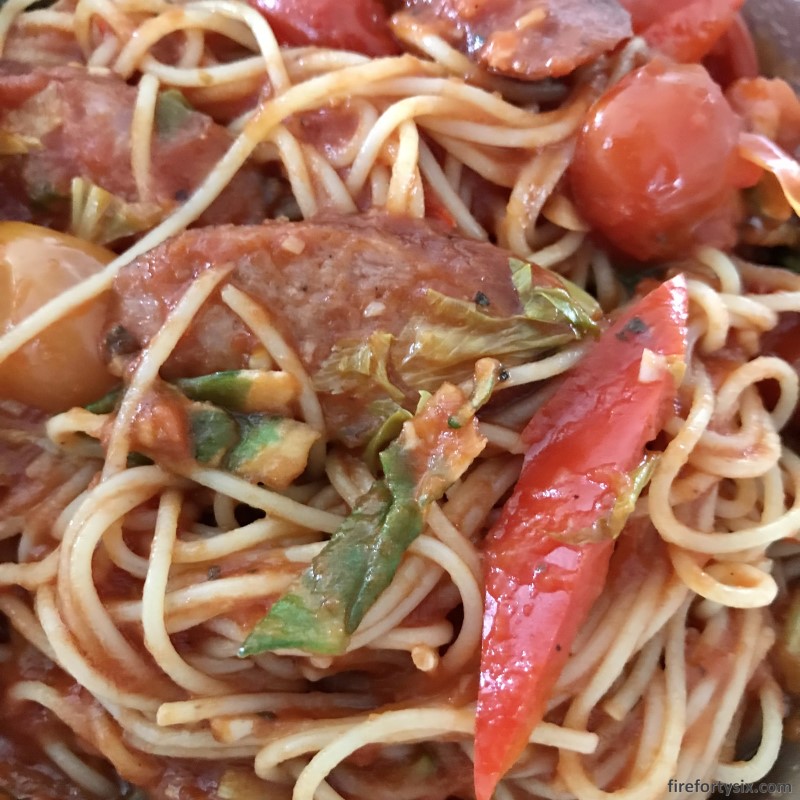
We’ll take a short pause in our home agriculture adventures, and enjoy the slowly-multiplying variegated Indian borage. Besides being a lovely addition to pasta, it’s also such a pretty plant to look at.
It’s not often that we succeed in getting something to survive on our windowsill, but it’s a great feeling when it actually does.
